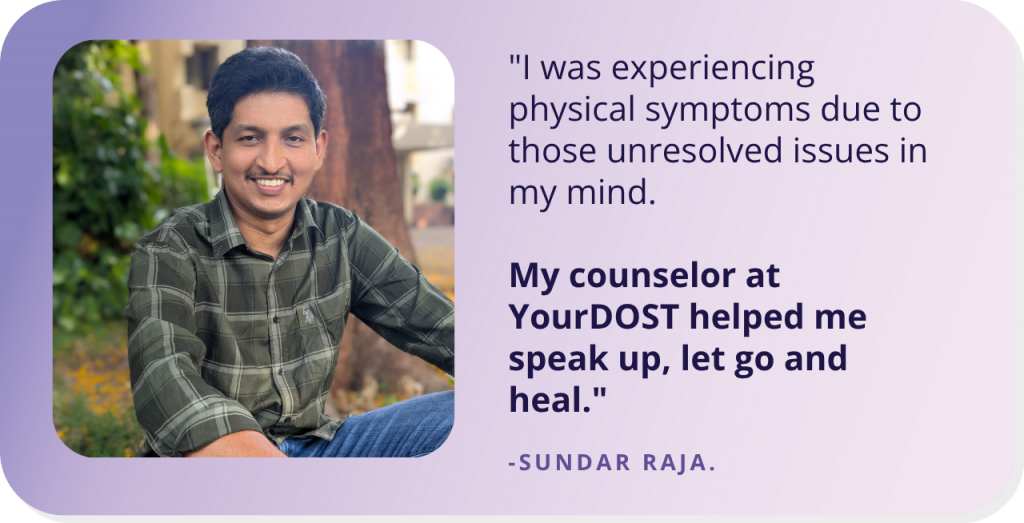
Netiquette Tips to Handle Online Harassment

“Bulli Bai app is the latest example of how women face harassment online.”
– Indian Express
“Celebrities are stepping it up with campaigns, vlogs, and webinars to take on cyberbullies”- The Hindu
“Indian female politicians face online abuse: Study” – Aljazeera
“ Youth arrested for harassing women online “ – The Hindu
“Deepfakes, a serious societal risk – SC Judge” – ANI
Find anything common in these headlines?
It’s the insidious ‘cyberbullying’.
With the penetration of digital devices across all strata of society and various age groups, cyberbullying and inappropriate online behaviour has spread fast. The impact of cyberbullying extends beyond mere statistics. Such activities have an impact on the psychological well-being of victims. It has become a pressing issue, affecting women and teenagers in India.
According to the latest data from the National Crime Reports Bureau, Maharashtra has the highest number of cases of online bullying against women and children. Social media remains the primary battleground for online harassment, accounting for 75% of instances. From Bollywood celebrities to college-going students, the victim base of online bullying is omnipresent.
The profound effects of online bullying extend across various dimensions, leaving victims struggling with emotional, psychological, and even physical repercussions. These include emotional distress, a tendency towards social withdrawal, increased susceptibility to offline harassment, and plenty of other detrimental outcomes.
Let’s look at the various inappropriate online behaviours and tips to manage them:
Online shadowing: Threat of online stalking of women
Cyberstalking involves using online means to follow, contact, or interact with someone, despite a clear indication of disinterest from them. When the internet provides you with anonymity, it does the same with the stalker.
It can start with an unknown user liking all your Instagram photos, posting lewd comments, or sending threatening messages via DM’s. Many times online stalking can manifest itself as physical stalking. It can also include catfishing, monitoring online activity and check-ins, following on Google Maps, and sending threatening messages.
Tips on how to handle cyberstalking:
- Disengage with the stalker. Do not have any form of contact with them – online or physical. Do not respond to their messages or pick up their calls.
- Scan your phone for any malware that might be installed on your phone and can leak any of your personal and potential data.
- If your reputation is being threatened, inform your family and friends at work so they will not inadvertently share information about you with the stalker.
Taming the Trolls: Fight against online abuse, trolls and flaming
Digital media tools are a double-edged sword. They provide an equal platform to both genders, thereby reducing social boundaries and seeking social change. On the other hand, they also create a space where abuse and trolling of women have become prevalent.
For instance, gendered trolling has become frequent on a famous microblogging platform. Trolling is an anti-social behaviour that can cause significant distress to the victim and also leads to censorship of the victim’s voice.
Flaming is another form of inappropriate online behaviour. It is a hostile interaction between users that involves insulting messages and comments. This usually happens in online forums, social platforms, message boards, and game groups.
Tips on handling online abuse, trolls and flaming:
- Ignore the trolls. Do not provide them with the attention and validation they are seeking.
- Block and report: If a troll or online abuser is found to be violating the platform’s policies, block and report their account. This prevents your interaction with them and creates a positive space for you and the others.
- Maintain a cool mindset or try using humour when replying to trolls.
- Do not fan the flames trying to prove your point by engaging in a war of words with unknown accounts. It’s not worth your time.
Cross-Platform Agony: Disentangle from Net of Doxxing, Impersonation and Framing
Cross-platform harassment is when a perpetrator invades multiple online spaces to harass a target.
Doxxing is when your personal information like house address, mobile numbers, and emails are purposefully published, with false accusations in the public domain which leads to loss of privacy and security of information.
Framing is when someone logs into your social media account and posts inappropriate content.
Impersonation is when an imposter creates fake accounts or sends fake messages, trying to impersonate you.
One way of doing this is by creating a similar social media account with the same display picture and a similar username that might differ only by a letter.
Such activities can lead to the victim undergoing anxiety, stress, and withdrawal from social circles.
Tips to handle online harassment by doxxing and impersonation:
- Use two-factor authentication and unique passwords for different social media platforms. Change your passwords regularly.
- Keep your social accounts in private mode where your photos and data are shared only with close family and friends.
- Restrict who can find you online via search engines. On Facebook, you can hide who can see your friends, hence restricting an impersonator from knowing your contacts.
- To prevent doxxing, using a VPN can encrypt your IP address and physical locations.
Safeguarding Dignity: Tackle the Menace of online sexual harassment
Stories about online sexual harassment against women have made it to the news for a long time. They take up various forms like making sexual innuendoes against women, obscene calls to the victim, harassing via text messages, morphing of photos, and many more. Such an experience can be traumatizing and have a silencing effect on the victim. It negatively impacts the emotional well-being of the victim, sometimes leading to life-threatening situations.
Tips to handle a situation involving sexual harassment:
- Speak up and report the perpetrator’s account to the respective authorities.
- If you find morphed photos, request the social media platform to remove them immediately.
- If the situation continues, opt for legal help.
The Last Resort
If the situation of online bullying and inappropriate behaviour escalates and gets out of hand, you can always seek the legal route.
- Collect evidence. Document the time and date when you received the messages by saving a copy of it. Save any screenshots or voice recordings involved.
- File a complaint with the nearest cyber crime cell where the police would take action based on the available evidence. An anonymous complaint can also be filed on the National Cyber Crime portal online.
- Consider contacting a lawyer who specializes in cybercrimes and sexual harassment cases.
Never try to dismiss an incident of online bullying as a silly prank. Women have been exposed to several such unruly and unlawful activities, in recent times. Being victimized by an anonymous perpetrator can take a toll on your mental health. It can lead you to experience depressive symptoms and even suicidal thoughts. Effects like self-harm, feelings of isolation and withdrawal, and low self-esteem can prevail for a longer time.
As online spaces become more integral in our daily lives, prosecuting the culprits is not enough. We must also know how to safeguard ourselves, understand how to avoid such risky situations, and if faced with an untoward incident, how to resolve it.
“I realised that bullying never has to do with you. It’s the bully who’s insecure.” -Shay Mitchell






